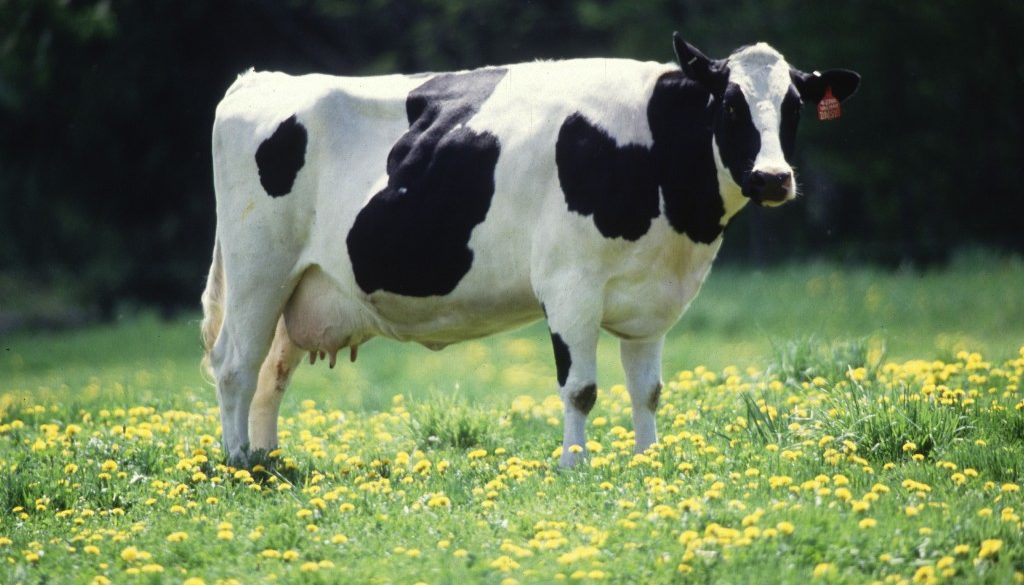The Clean Power Plan’s on Hold, But Clean Agriculture Can Move Forward
By Peter Lehner, Earthjustice
The Supreme Court’s unexplained stay of the EPA’s Clean Power Plan was “one of the most environmentally harmful judicial actions of all time,” writes Michael Gerrard of Columbia Law School in this excellent blog post. But rather than vent outrage, Gerrard quickly moves on to explain that the Clean Power Plan isn’t the only way to cut carbon pollution.
Ramping up fuel efficiency standards for cars, trucks and buildings, he notes, will also help reduce carbon pollution. Gerrard mentions a couple of points about agriculture, but often, this sector is overlooked when it comes to climate solutions. It’s worth taking a closer look at some of the golden opportunities to reduce climate pollution from our food system.
Food waste is the second largest component of most landfills. As it rots, it releases methane, a potent greenhouse gas. A recent report by the UN Conference on Trade and Development estimates that two to four percent of all manmade climate pollution arises simply from food rotting in landfills.
States like Massachusetts, California, Connecticut, Rhode Island and Vermont, as well as some cities, have enacted laws to manage organic waste disposal in landfills. The idea is to create incentives to reduce food waste and divert it for other purposes, such as animal feed or compost. Instead of being thrown away and becoming a source of pollution, this “waste” can be put to good use. We can further incentivize landfill owners to collect the emitted gas for energy. And the nascent effort to reduce food waste from businesses and households can be significantly ramped up.
Another major source of greenhouse gases is the over-application of fertilizer. Excess nitrogen fertilizer causes two big problems. The first is water pollution. Nitrogen that isn’t taken up by crops runs off fields and enters waterways, where it stimulates the growth of algae and creates “dead zones” deprived of oxygen. The second, less frequently discussed issue is when excess nitrogen rises into the atmosphere and becomes nitrous oxide, a greenhouse gas about 300 times more potent than CO2. The Intergovernmental Panel on Climate Change (IPCC) estimates that 12 percent of all non-CO2 greenhouse gas emissions come from the application of synthetic fertilizer.
A number of techniques can reduce these emissions while also providing an economic benefit to farmers. Farm policies could encourage practices like cover cropping, which reduces the need for fertilizer by making soils more naturally rich and fertile. Crop rotation can do the same, yet current crop insurance programs actually discourage the use of these practices. Precision application technologies for fertilizers are getting better, but their uptake on farms is slow.
Manure from animals and the “enteric emissions” from cattle (more commonly known as belching) are two more significant sources of climate pollution. Enteric fermentation alone may account for as much as 40 percent of all non-CO2 greenhouse gas emissions, according to the IPCC. Changes in the cattle’s diet might help with these emissions, but by far the best approach is to reduce consumption of red meat, as a recent study suggests.
Some of the emissions from manure can be captured if manure lagoons are covered and better managed, but this may create further incentives for scaling up meat production. As it stands, these pits are only lightly regulated and are major sources of water pollution, as well as odor. An even better practice is to raise cows on rotating pastures, where their waste can enhance soils and help store carbon. And of course, if Americans do shift to a diet lower in red meat, as recommended by the Dietary Guidelines Advisory Committee, we could further reduce climate pollution from cattle.
Agriculture is one of our nation’s most important economic sectors. Its product—food—is critical not only for our economy, but also as an integral and uniquely personal part of our everyday lives. When we think about how to address climate change, it makes sense to think about food and agriculture. The food we choose to produce—and how we produce it, use it and dispose of it—all have an impact on climate pollution and so have the potential to become climate solutions.

